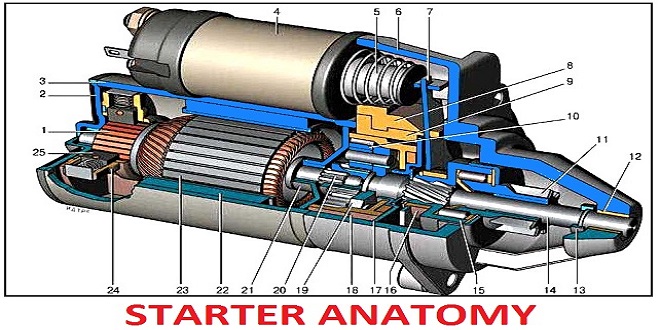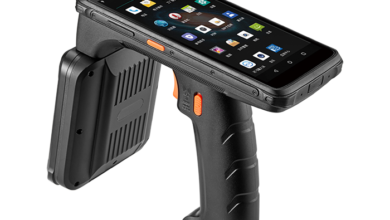Starting systems – Engine starting requirements

Starting system design
The starting system of any vehicle must meet a number of criteria in excess of the eight listed above.
- Long service life and maintenance free.
- Continuous readiness to operate.
- Robust, such as to withstand starting forces, vibration, corrosion and temperature cycles.
- Lowest possible size and weight.
The rated voltage of the system for passenger cars is, almost without exception, 12 V. Trucks and buses are generally 24 V as this allows the use of half the current that would be required with a 12 V system to produce the same power. It will also considerably reduce the voltage drop in the wiring, as the length of wires used on commercial vehicles is often greater than passenger cars.
Choosing a starter motor
As a guide, the starter motor must meet all the criteria previously discussed. will determine the torque required from the starter. Manufacturers of starter motors provide data in the form of characteristic curves. These are discussed in more detail in the next section.
As a very general guide the stalled (locked) starter torque required per liter of engine capacity at the starting limit temperature. A greater torque is required for engines with a lower number of cylinders due to the greater piston displacement per cylinder. This will determine the peak torque values. The other main factor is compression ratio.
Starter motors and circuits
In comparison with most other circuits on the modern vehicle, the starter circuit is very simple. The problem to be overcome, however, is that of volt drop in the main supply wires. The starter is usually operated by a spring-loaded key switch, and the same switch also controls the ignition and accessories. The supply from the key switch, via a relay in many cases, causes the starter solenoid to operate, and this in turn, by a set of contacts, controls the heavy current. In some cases an extra terminal on the starter solenoid provides an output when cranking, which is usually used to bypass a dropping resistor on the ignition or fuel pump circuits.
DC motor characteristics
It is possible to design a motor with characteristics that are most suitable for a particular task. In shunt wound motors, the field winding is connected in parallel with the armature. Due to the constant excitation of the fields, the speed of this motor remains constant, virtually independent of torque.
Series wound motors have the field and armature connected in series. Because of this method of connection, the armature current passes through the fields making it necessary for the field windings to consist usually of only a few turns of heavy wire. When this motor starts under load the high initial current, due to low resistance and no back EMF, generates a very strong magnetic field and therefore high initial torque. This characteristic makes the series wound motor ideal as a starter motor.
Last word
Permanent magnet starters began to appear on production vehicles in the late 1980s. The two main advantages of these motors, compared with conventional types, are less weight and smaller size. This makes the permanent magnet starter a popular choice by vehicle manufacturers as, due to the lower lines of today’s cars, less space is now available for engine electrical systems. The reduction in weight provides a contribution towards reducing fuel consumption.





